7 Reasons Not to Play 1.d4 Opening
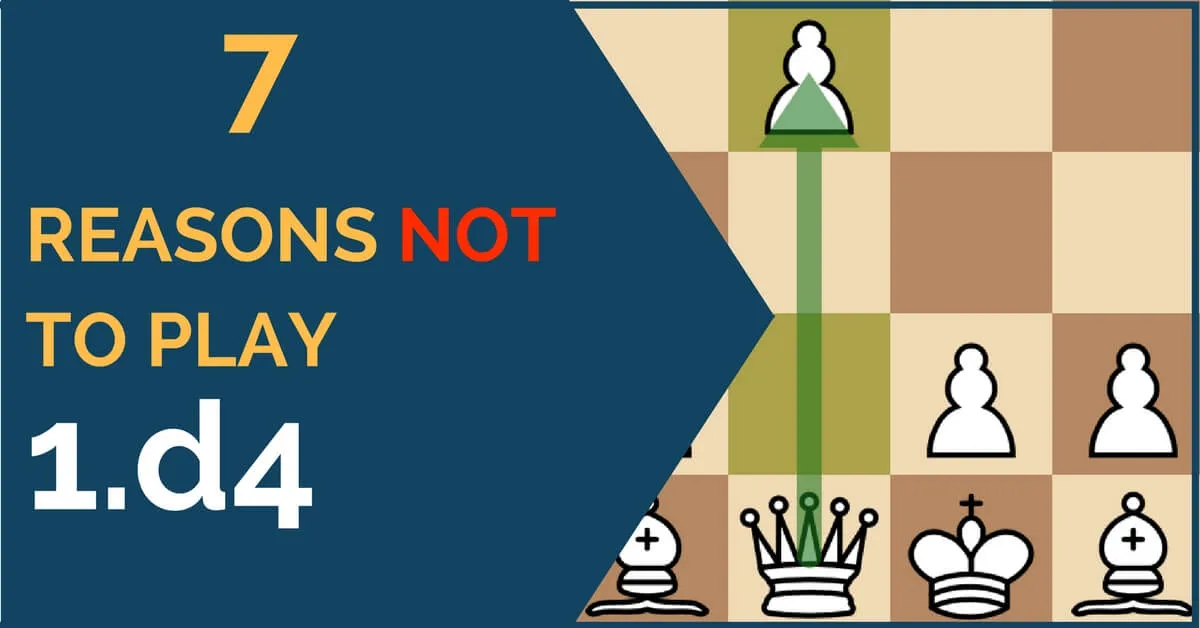
1.d4 Opening and why not to play it: From the very first moment we get into competitive chess we understand the importance of having a solid opening repertoire. However, once we set the goal of creating one, we realize it is not as easy as it seemed. Before getting to the complicated theoretical lines, you must decide on how to actually start the game. In order to do so, we recommend you evaluate well your playing style and the type of positions you prefer to play, see a lot of games and then choose the one that suits you best. In order to help you evaluate yourself better and make the right decision, in this article we are going to give you a few reasons why not to start with 1.d4.
1. Strategic battle
If you like to attack and always look for complications, then this is probably not the opening for you. Most queen’s pawn middlegames involve maneuvering and good positional understanding. Here, the play is based on plans rather than exact calculations.
It is important that you have a good understanding of the basic strategic elements (weaknesses, creating weaknesses, bishop pair, etc) and you know how to use them in practice.
2. 1.d4 Opening: Equal middlegames
With the exception of a few openings such as the King’s Indian Defense, where the game can get messy, most of the resulting 1.d4 positions are equal or only slightly better.
That doesn’t necessarily mean that they are automatically drawn; in fact, many games are decisive. However, you have to have patience and try to accumulate small advantages that will eventually help you get a much better or even winning position.
3. High drawing chances
As we mentioned before, the resulting middlegames are usually equal and they sometimes do involve massive simplifications. However, there are of course ways to avoid this, depending on the lines that you further choose. It is always best to know more than one and vary depending on the opponent you are playing.
4. 1.d4 Opening: Closed positions
Compared to 1.e4 positions, the ones arising from 1.d4 involve little contact between the two armies. Most of the time the center remains closed for a long time and play might develop mostly behind the pawn chain. You have to remain calm and commit to pawn breaks only when the time is right and your pieces are placed on the ideal squares.
5. Patience
As you might have noticed, the keyword so far has been patience. If you are an impulsive player who always needs to “do something”, then it is perhaps better to consider a repertoire based on 1.e4.
Here, impulsive moves usually create irreparable weaknesses and hand over the advantage to the opponent. Since the center is closed, you might as well get sentenced to a “life” of suffering where your opponent will keep increasing the pressure and creating new threats.
6. 1.d4 Opening: The Grunfeld
If what you are trying to avoid by playing 1.d4 is learning a great amount of theory, then this reply will prove you wrong. The current status of this opening is unclear and Peter Svidler is one of the main contributors to creating this “mess”, as he has practically refuted 1.d4. The theory is constantly developing and players are trying to find new ways for black to meet this rather uncomfortable opening for white.
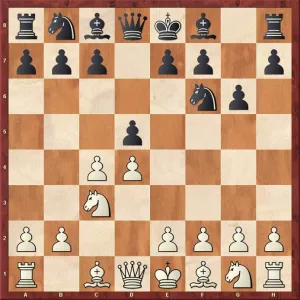
7. The Slav
Of the openings that have survived the test of time, the rock-solid Slav has yet to be refuted. Not only this, but in the Slav Defense, it is fairly difficult to find a line for the white that yields an advantage. Black’s play is rather easy and his ideas are clear. It is an opening that has become popular at the top level and this, you have guessed it, has only increased the amount of theory to be learned.
We also recommend reviewing the Slav Defense Exchange Variation with GM Sipke Ernst [TCW Academy].
So, again, if you don’t plan to spend a lot of time on learning lines, you have to think of a way to sidestep this opening.
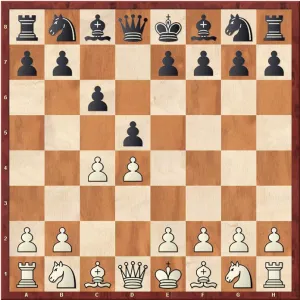
1.d4 Opening: To sum it up…
There will always be pros and cons to every opening and once you start learning one, you will most likely discover new inconveniences. The best advice would be to keep a degree of flexibility and be able to vary 1.d4 and 1.e4 [here is why you may want to avoid this opening] depending on your mood and, why not, your opponent.
We also recommend reviewing the Endgames: Top 7 Reasons to Study Them (before anything else).
Ready to start winning games with elaborate openings? Check out our store and articles:



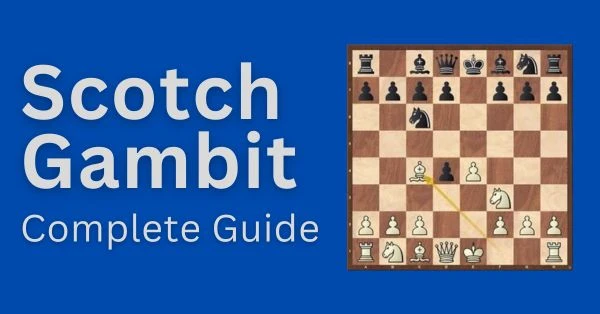
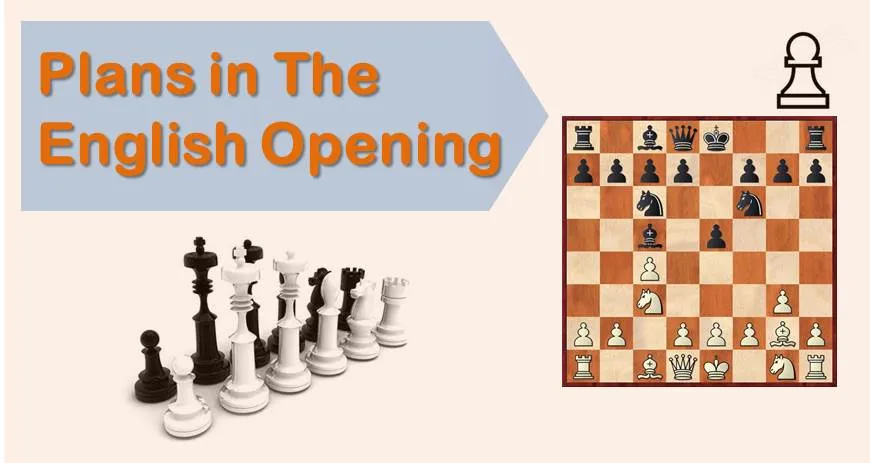
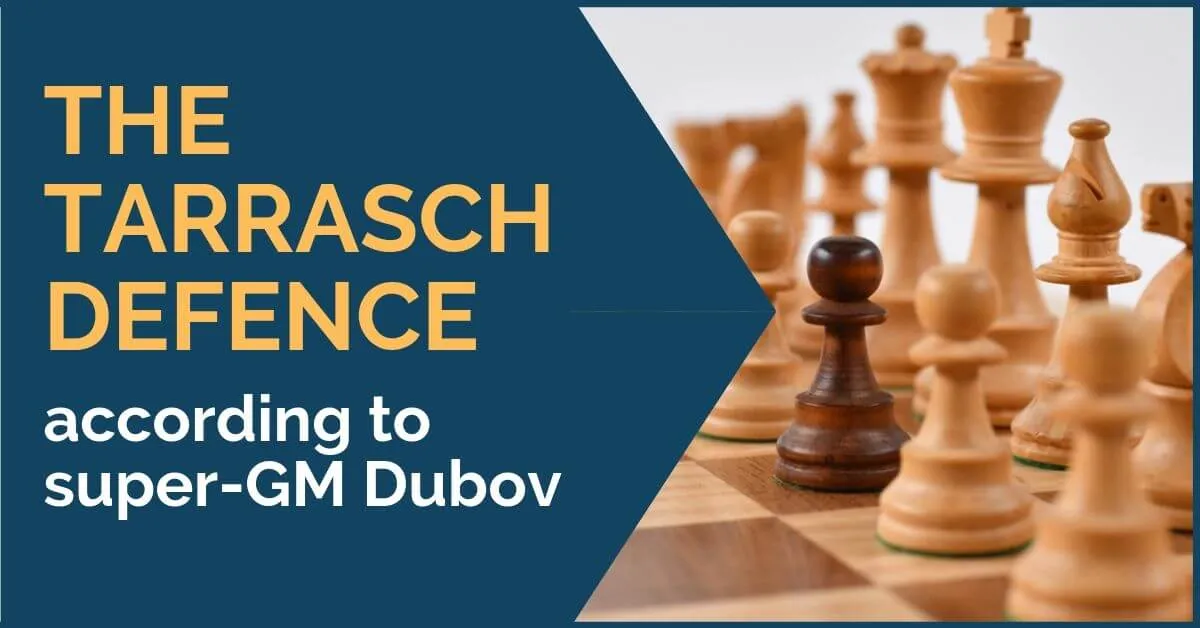




Comments: